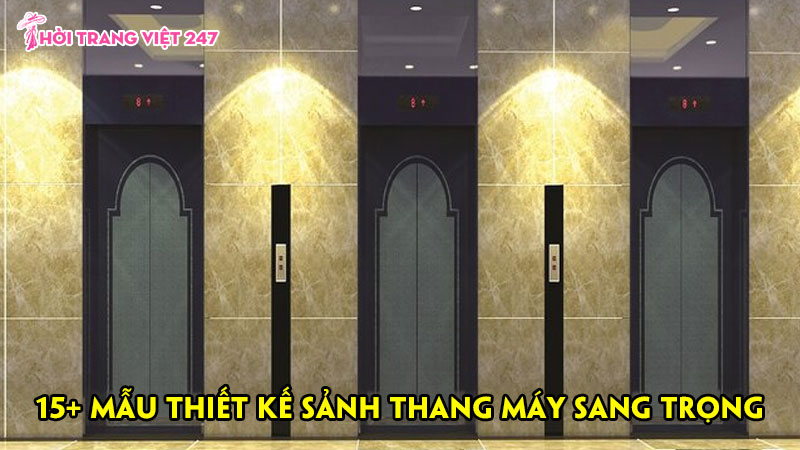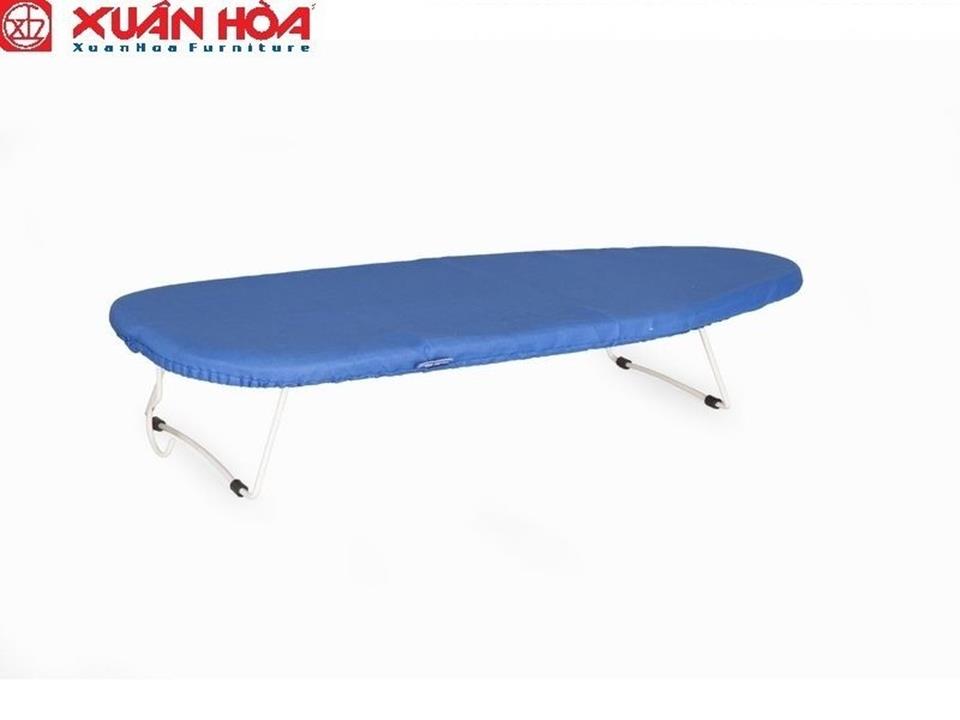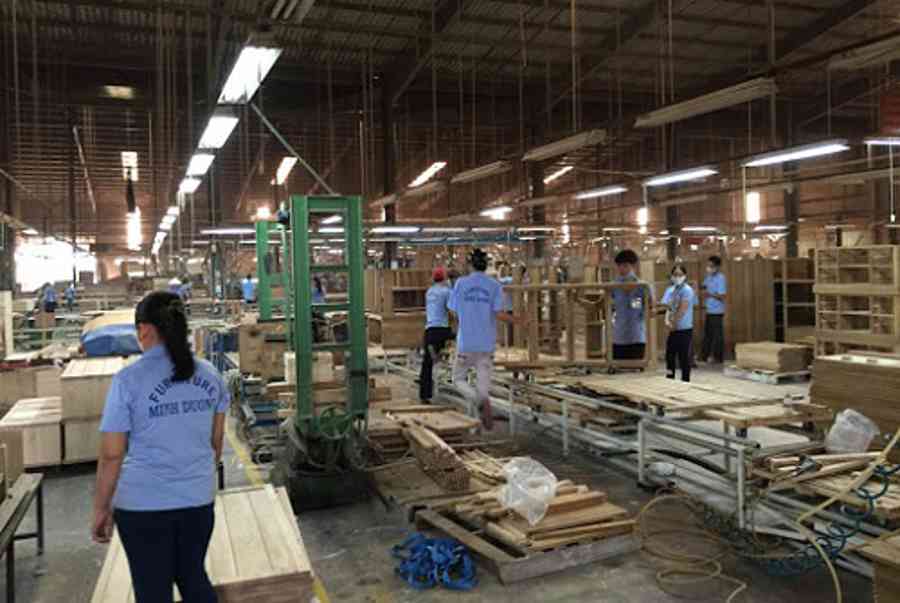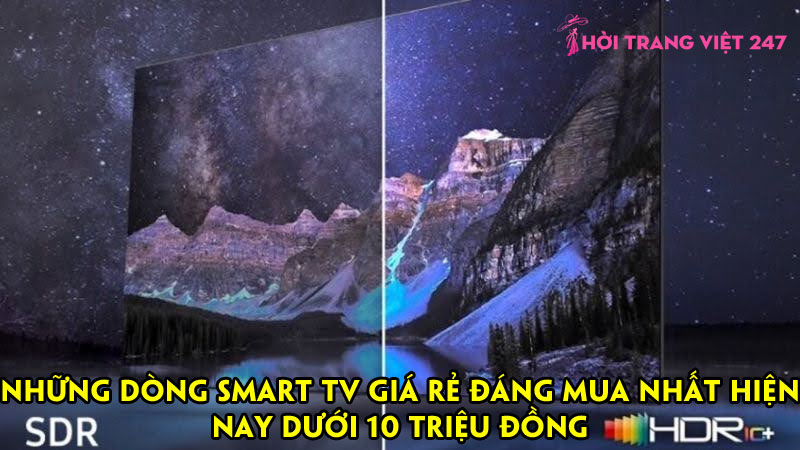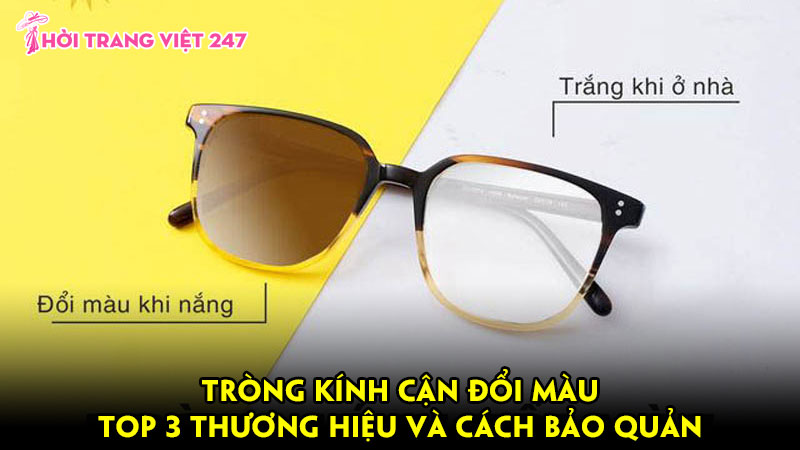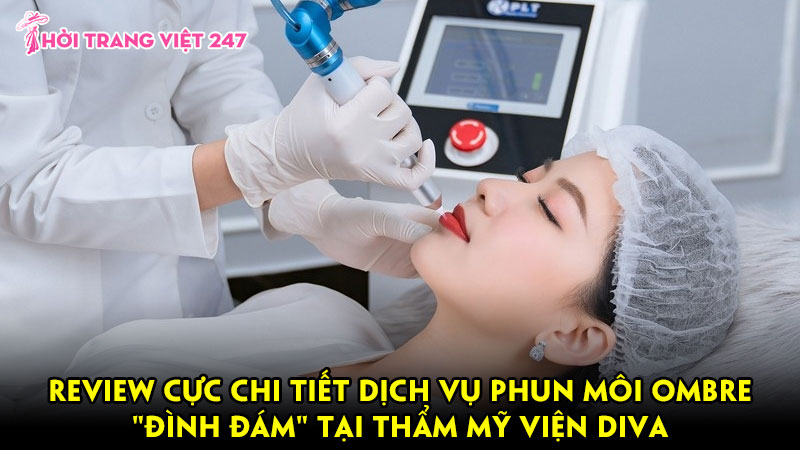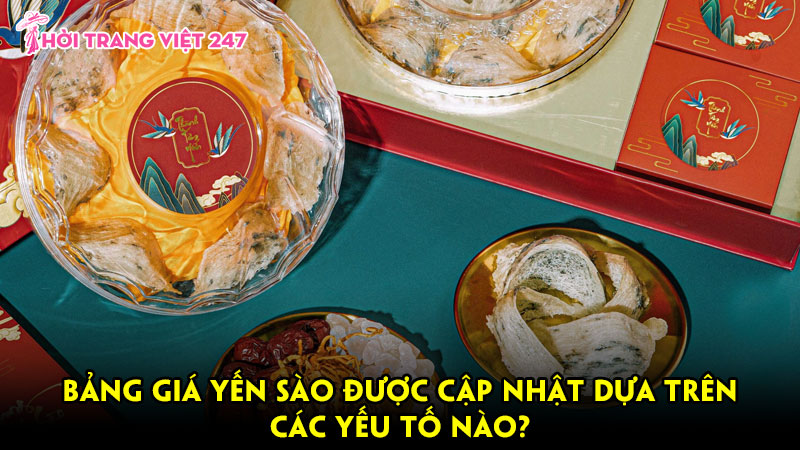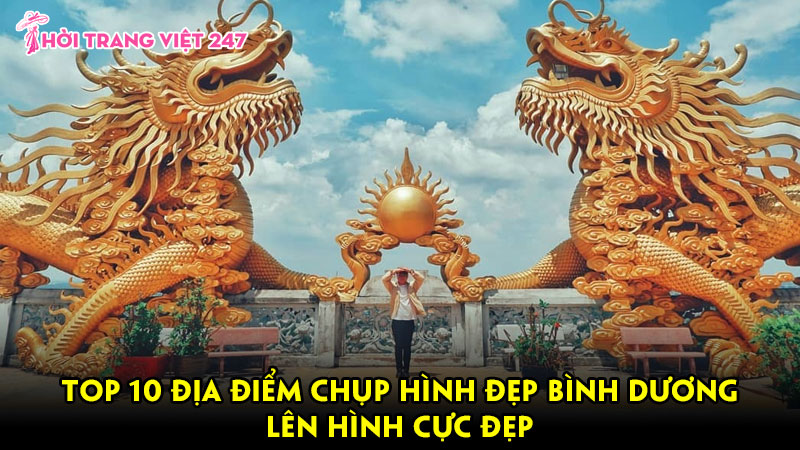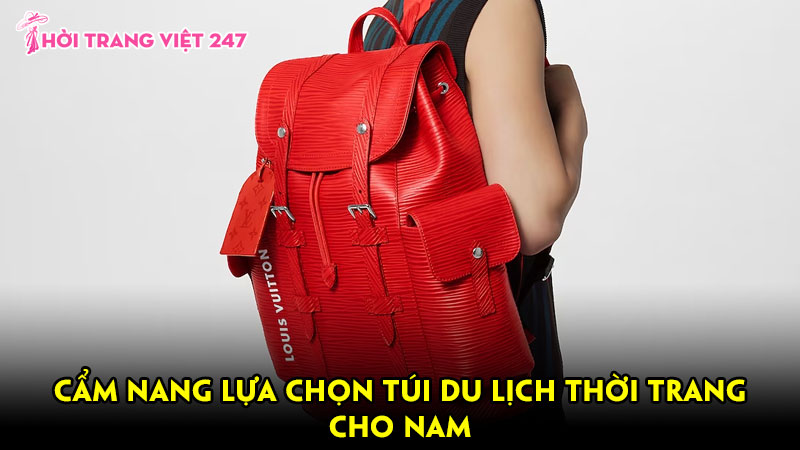Trang phục Việt or Việt phục (Chữ Hán:越服, literally Vietnamese clothing), is the traditional style of clothing worn in Vietnam by the Vietnamese people, including the national dress of Vietnam, the áo dài. The clothing in Vietnam has both indigenous and foreign elements due to the diverse, dynamic cultural exchanges in which ancient Vietnam partook in; this eventually led to the birth of a distinctive Vietnamese style of clothing.

In today’s daily life, Vietnamese people often wear Western clothing called Âu phục, Trang phục Âu, or Tây phục, Trang phục Tây, but now its common name is just Quần áo bình thường, Quần áo hàng ngày, or Thường phục.
Bạn đang đọc: Vietnamese clothing
History[edit]
The clothing and textile history of Vietnam reflects the culture and tradition that has been developed since the ancient Bronze Age wherein people of diverse cultures were living in Vietnam, the long influence of the Chinese and their associated cultural influence, as well as the short-lived French colonial rule. [ 1 ] The dynamic cultural exchanges which took place with those foreign cultural influences had a significant impact on the history of clothing in Vietnam ; this has eventually lead to the birth to a distinctive Vietnamese clothing style, the ao dai is only one of such clothing for example. [ 1 ] Moreover, as Vietnam has multiple ethnicities, there are many distinctive styles of clothing which reflect their wearer’s ethnicity. [ 2 ]Since the ancient times, textiles used and produced in Vietnam have been silk in Northern Vietnam, barkcloth, and banana fiber cloth ; kapok and hemp were also generally used prior to the introduction of cotton. [ 3 ] [ 4 ]For at least a thousand years, Vietnam was ruled by the Chinese in the north while the South of Vietnam was ruled by the Indian-culture influenced, independent kingdom of Champa. [ 3 ] During this period, the clothing styles which were developed in Vietnam contained both indigenous and imported foreign elements ; the upper classes tended to be more easily influenced by those foreign influences than the common people. [ 3 ] The upper classes of Vietnam in Northern Vietnam tended to wear clothing which mirrored the fashions of the Chinese, and this style of clothing persisted even after the end of the Chinese rule in the independent kingdom of Dai Viet and in Champa. [ 3 ]
For centuries, peasant women typically wore a halter top (yếm) underneath a blouse or overcoat, alongside a skirt (váy). It was until the 1920s in Vietnam’s north area in isolated hamlets where skirts were worn.[5] Before the Nguyễn dynasty, the cross-collared robe (áo giao lĩnh) was worn popularly.[6][7]
Bách Việt period ( 1000 BC – 1 BC )[edit]
Most of ancient northern Vietnam was referred as the Baiyue region in ancient Chinese texts.[8] Prior to the Chinese conquest, the Tai nobles first came in Northern Vietnam during the Dong Son era, and they started to assimilate the local Mon-Khmer and Kadai people in a processed referred as Tai-ization or Tai-ification as the Tai people were politically and culturally dominant in Baiyue; this led to the adoption of the Tai people’s clothing and the formation of dress style influenced by the Tai people.[2][8][dubious – discuss]
The Han Chinese referred to the various non-Han ” barbarian ” peoples of north Vietnam and southern Nước Trung Hoa as ” Yue ” ( Việt ) or Baiyue, saying they possessed common habits like adapting to water, having their hair cropped short and having tattoos. [ 9 ] [ 10 ]
 Statue of a man with Yue-style short hair and tribal body toàn thân tattoos, from the state of Yue among the non-Chinese Baiyue peoples of southern Trung Quốc and north Vietnam .
Statue of a man with Yue-style short hair and tribal body toàn thân tattoos, from the state of Yue among the non-Chinese Baiyue peoples of southern Trung Quốc and north Vietnam .
Nanyue[edit]
Nanyue (204 BC–111 BC) was an independent state which was founded by a Chinese general.[11] However, in the Kingdom of Nanyue, it was the elite who were primarily influenced by Chinese clothing as the presence of the Chinese was limited.[12] The clothing of the elites of Nanyue was mixed of Tai and Chinese clothing styles.[13][dubious – discuss] The clothing of the Elites include Chinese fashion from the Warring States period and the Qin dynasty; the style of clothing was mainly a V-shaped collar gown which was tight fitting that was folded to the right.[13] The clothing was multi-layered; it was common to wear three layers of clothing and tended to have narrow and straight sleeves.[13] The elites women on the other-hand tended to wear a blouse and a skirt.[13]
Chinese Conquest Period of Vietnam[edit]
The Kingdom of Nanyue ( 204 BC – 111 BC ) was conquered and colonized by the Han Chinese under the Han dynasty in 111 BC. [ 11 ] The Chinese ruled over Northern Vietnam for 1000 years until c. 900 AD. [ 11 ] [ 12 ] This time, it was the Chinese which lead to acculturation process referred as Sinification, Sinicization or Hanification. [ 12 ] The clothing of officials in Northern Vietnam followed the regulations of the Chinese dress. [ 13 ] However, even during the Han dynasty ( 202 BC – 220 AD ), there was still very little Chinese migration into Northern Vietnam. [ 12 ] It was in the subsequent centuries after the fall of the Han dynasty that there was a large influx of Chinese in the region of An nan. [ 12 ]From period of 40 AD to 938 AD, the direct rule of the Chinese in Northern Vietnam led to the Chinese clothing influence on the local clothing styles, especially the local elites ; this included the leaders who rebelled against the rule of the Chinese who typically wore Chinese-style clothing. [ 13 ] The Elites wore clothing made of silk which were colourful and decorated while commoners wore plain hemp-based clothing. [ 13 ]Non-Chinese immigrants were attracted to the Tang dynasty-ruled An Nan, and non-Chinese migrants started settling in the neighbouring areas ; the blending of Chinese culture, Mon-Khmer, and Tai-Kadai in northern Vietnam led to the development of the national majority, the Kinh people. [ 12 ] The elites followed the Chinese clothing system more closely once the regions had been incorporated into the Chinese imperial system. [ 12 ] During the thousand years of colonization, the Vietnamese adopted Chinese clothing and customs yet were not assimilated into the Han Chinese population. [ 11 ]
Lý dynasty to Trần dynasty ( 1009 – 1400 )[edit]
After northern Vietnam became independent from Trung Quốc, the Vietnamese elites both followed the Chinese fashions and created distinctive, but still heavily Chinese-influenced local Vietnamese styles. [ 12 ] The Chinese style dress gradually spread to the Kinh people commoners and among the people who were living in the surrounding regions which was being formally ruled by the Vietnamese ; however, the form of the commoner clothing were distinct from those worn by the elite class. [ 12 ] Almost all male commoners of the Kihn ethnic and ethnic minorities started to wear Chinese style trousers and shirts. [ 12 ]Vietnamese wore a round neck costume, which was made from 4 parts of cloth called áo tứ điên. [ 14 ] Both men and women wore it. There are also other types such as : áo giao lĩnh ( cross-collared robe ). The garments ” áo ” ( áo is for the upper part of body toàn thân ) are below knee length, and round neck garments have buttons when the cross-collared robe is tied to the right .
 The Mahasattva Trúc Lâm Coming Out of the Mountains – Trần dynastyShort hair or a shaven head was popular in Vietnam since the ancient period. Vietnamese men had shaven head or short hair during Trần dynasty. [ 15 ] This can be seen in the painting ” The Mahasattva Trúc Lâm Coming Out of the Mountains ” which portrayed Trần Nhân Tông and men in the Trần dynasty [ 16 ] as well as the Chinese encyclopedia ” Sancai Tuhui ” from 17 th century. The convention was popular until the Fourth Chinese domination of Vietnam .
The Mahasattva Trúc Lâm Coming Out of the Mountains – Trần dynastyShort hair or a shaven head was popular in Vietnam since the ancient period. Vietnamese men had shaven head or short hair during Trần dynasty. [ 15 ] This can be seen in the painting ” The Mahasattva Trúc Lâm Coming Out of the Mountains ” which portrayed Trần Nhân Tông and men in the Trần dynasty [ 16 ] as well as the Chinese encyclopedia ” Sancai Tuhui ” from 17 th century. The convention was popular until the Fourth Chinese domination of Vietnam .
 Vietnamese in Sancai Tuhui : short hair, wearing áo tứ điên ( left ) and loincloth ( right )
Vietnamese in Sancai Tuhui : short hair, wearing áo tứ điên ( left ) and loincloth ( right )
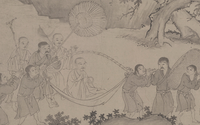
Trần dynasty clothing as depicted in “The Mahasattva Trúc Lâm Coming Out of the Mountains”.
Fourth Chinese domination of Vietnam[edit]
When the Han Chinese ruled the Vietnamese in the Fourth Chinese domination of Vietnam, due to the Ming dynasty ‘ s conquest during the Ming – Hồ War they imposed the Han Chinese style of men wearing long hair on short-haired Vietnamese men. The Vietnamese were ordered to stop cutting their hair and instead to grow their hair long and switch to Han Chinese clothing within a month by a Ming official. Ming administrators said their mission was to civilize the unorthodox Vietnamese barbarians. [ 17 ] The Ming dynasty only wanted the Vietnamese to wear long hair and to stop teeth blackening so they could have white teeth and long hair like Chinese. [ 18 ]
Later Lê dynasty ( 1428 – 1789 )[edit]
The Lê dynasty encouraged the civilians to return to traditional customs: teeth blackening as well as short hair or shaved heads. A royal edict was issued by Vietnam in 1474 forbidding Vietnamese from adopting foreign languages, hairstyles and clothes like that of the Lao, Champa or the “Northerners” which referred to the Ming. The edict was recorded in the 1479 Complete Chronicle of Dai Viet of Ngô Sĩ Liên.[19]
Before 1744, people of both Đàng Ngoài ( the north ) and Đàng Trong ( the south ) wore áo giao lĩnh with thường ( a kind of long skirt ). The Giao Lĩnh dress appeared very early on in Vietnamese history, possibly during the first Chinese domination by Eastern Hàn, after Mă Yuán was able to finally defeat the Trưng Sisters ’ rebellion. Thos e of the lower classes would prefer sleeves with reasonable widths or tight sleeves, and of simple colors. This stemmed from its flexibility in work, allowing people to move around with ease. [ 20 ] Both male and female had loose long hair .
The Nguyen lords were key players in promoting Chinese-style clothing in central and southern Vietnam when they expanded their territories and extended control over all the territories which used to be ruled by the Cham and the Khmer.[21] While expanding their territories, the Kinh people were brought to the south and the Nguyen lords allowed Ming dynasty Chinese refugees to settle in those areas, thus creating a mixed society which was composed of Kinh, Chinese, and Cham.[21] Both Kinh and the Chinese brought their own clothing style in Đàng Trong (Huế) and continued to wear their clothing until a proclamation by Lord Nguyễn Phúc Khoát who decreed that all the people under his rule had to changed their clothing into Ming-style Chinese clothing in order to make his people dressed differently from those under the rule of the Trinh lords.[21] As a result, the gown and skirt which was worn by the Kinh and which was common in the north was replaced by trousers and gown with Chinese-style fasteners; this new form of clothing was described as an áo dài which was composed of a 4-panel gown by Lê Quý Đôn.[21] In 1744, Lord Nguyễn Phúc Khoát of Đàng Trong (Huế) both men and women at his court wear trousers and a gown with buttons down the front. That the Nguyen Lords introduced áo ngũ thân (predecessor of the current áo dài). The members of the Đàng Trong court (southern court) were thus distinguished from the courtiers of the Trịnh Lords in Đàng Ngoài (Hanoi),[22][7] who wore áo giao lĩnh with long skirts.[23]
Hoàng Bào ( Dragon Robe )[edit]
 Reconstructed Hoàng Bào ( Dragon Robe ) of Vietnamese Emperors in the book Weaving a Realm
Reconstructed Hoàng Bào ( Dragon Robe ) of Vietnamese Emperors in the book Weaving a Realm
Phan Huy Chú wrote in the Categorized Records of the Institutions of Successive Dynasties (Lịch triều hiến chương loại chí),
” Since the Restored Later-Lê era, for grand and formal occasions, ( the emperors ) always wore Xung Thiên hat and Hoàng Bào robe …. “
Through many portraits and images of rulers during Míng, Joseon, and more recently, Nguyễn of Vietnam, one could see that this standard existed for a long period of time within a very large region. [ 20 ]
According to the book Weaving a Realm, the only artefact of the Lê’s Hoàng Bào was the funeral robe of Emperor Lê Dụ Tông during the Restored Later-Lê period. However, the dragon patterns on this dress had already followed the “dragon–cloud [龍雲大會]” style, a common style of the late Míng dynasty. In this period, dragon designs were very large at the chest and back and smaller at the shoulders, with cloud and fire patterns all over the robe. One could see that the pattern style was closer to late Míng than early Míng, therefore Lê Dụ Tông’s robe patterns were only specific to an era of the Restored Later-Lê, while the Early Later-Lê possibly still followed the dragon mandala style.[20]
Nguyễn dynasty ( 1802 – 1945 )[edit]
During unified Vietnam, the people in the northern and southern regions of Vietnam ( i. e. previously Champa ) continued to wear their local ethnic clothing. [ 3 ] In the Southern regions, the people continued to wear their local clothing and became increasingly similar whereas in the northern regions, the clothing worn was very varied. [ 3 ] When the Kinh people started to assimilate the majority of the Cham and the Khmer Krom living in their new conquered southern territories ; and the kinhification of the Cham and the Khmer Krom lead to them adopting Kinh style clothing while at the same time retaining several distinctive ethnic elements. [ 12 ]Áo ngũ thân ( predecessor of the current áo dài, which made of 5 parts of clothes ) with standing collar and trousers was forced on Vietnamese people by the Nguyễn dynasty. ” Váy đụp ” ( skirt ) was banned. [ 24 ] However, it was up to the 1920 s in Vietnam’s north area in isolated hamlets where skirts were worn .The Vietnamese had adopted the Chinese political system and culture during the 1,000 years of Chinese rule so they viewed their surrounding neighbors like Khmer Cambodians as barbarians and themselves as a small version of China ( the Middle Kingdom ). [ 25 ] By the Nguyễn dynasty the Vietnamese themselves were ordering Cambodian Khmer to adopt Han Chinese culture by ceasing ” barbarous ” habits like cropping hair and ordering them to grow it long besides making them replace skirts with trousers. [ 26 ] Han Chinese Ming dynasty refugees numbering 3,000 came to Vietnam at the end of the Ming dynasty. They opposed the Qing dynasty and were fiercely loyal to the Ming dynasty. Vietnamese women married these Han Chinese refugees since most of them were soldiers and single men. Their descendants became known as Minh Hương and they strongly identified as Chinese despite influence from Vietnamese mothers. They did not wear Manchu hairstyle unlike later Chinese migrants to Vietnam during the Qing dynasty. [ 27 ]
Áo giao lĩnh still be used during Nguyễn dynasty. Besides, the Nguyễn dynasty created áo nhật bình, khăn vấn .The áo dài was created when tucks which were close fitting and compact were added in the 1920 s to this Chinese style. The Chinese clothing in the form of trousers and tunic were mandated by the Vietnamese Nguyen government. The Chinese Ming dynasty, Tang dynasty, and Han dynasty clothing was referred to be adopted by Vietnamese military and bureaucrats by the Nguyen Lord Nguyễn Phúc Khoát ( Nguyen The Tong ) from 1744. [ 7 ]
Twentieth century[edit]
From the twentieth century onward Vietnamese people have also worn clothing that is popular internationally. The Áo dài was briefly banned after the fall of Saigon, but was reintroduced back into the scene. [ 28 ] It is worn in white by high school girls, often as part of school uniform in Vietnam. It is also worn by female receptionists and secretaries. Styles can differ in northern and southern Vietnam. [ 29 ] The current formal national dress is the áo dài for men and women, and suits or sometimes áo gấm ( modified áo dài ) for men .
Twenty-first century[edit]
In the 21st century, some companies and individuals are working on reviving, preserving, and upholding Vietnamese traditional culture, including Vietnamese clothing and designs.
In 2013, researcher Trần Quang Đức published the book Ngàn năm áo mũ, marking the first step in restoring traditional costumes in Vietnam.
Currently, there are many companies that research and produce Việt phục, for example, a company called Ỷ Vân Hiên started to provide tailoring services of ancient Vietnamese clothing which included the Áo ngũ thân and Áo giao lĩnh.[30] Ỷ Vân Hiên company largely reproduces clothing worn in the Nguyễn dynasty period.[31] Other tailoring companies, such as Tran Thi Trang’s company specializes in making ancient Vietnamese clothing which was typically worn between the Ngô dynasty and the Nguyễn dynasty.[32] Painter Cu Minh Khoi and his friends launched the Hoa Văn Đại Việt project which digitized 250 ancient Vietnamese decorative patterns which spanned from the Lý dynasty to Nguyễn dynasty and applied them to variety of modern products such as keychains, calendars, T-shirts, and lucky money packets.[30]
In 2018, a book called Dệt Nên Triều Đại in Vietnamese language and Weaving a Realm in English language was published by the Vietnam Centre, an independent, non-government and non-profit organization which aims to promote Vietnamese culture to the world.[33] The book contained historical facts about ancient Vietnamese fashion, illustrations and photos.[34] The book Dệt Nên Triều Đại only covers the early years of the Later Lê era’s clothing traditions from 1437 to 1471 AD after the Ming dynasty’s forces were defeated by Emperor Le Loi.[34]
Examples of garments[edit]
 Restored costumes of Vietnam Centre
Restored costumes of Vietnam Centre
Notes[edit]
- ^
Objects for worship, at the National Museum Vietnamese History
- ^The dress was taken as a trophy by Garnier in the capture of Hanoi in 1873
- ^Typically light blue but can be found in brown and is similar to the ones worn by Vietnamese Buddhist monastics in regards to the trademark collar similar to the áo dài but without the sleeves with hidden pockets. While there are matching pants they are not a required part of the outfit for laity. A similar version can be found in Cao Đài temples .
References[edit]
- Nguyễn Khắc Thuần (2005), Danh tướng Việt Nam, Nhà Xuất bản Giáo dục.
Sources[edit]
External link[edit]
![]() Media related to Clothing of Vietnam at Wikimedia Commons
Media related to Clothing of Vietnam at Wikimedia Commons
Source: https://thoitrangviet247.com
Category: Áo

